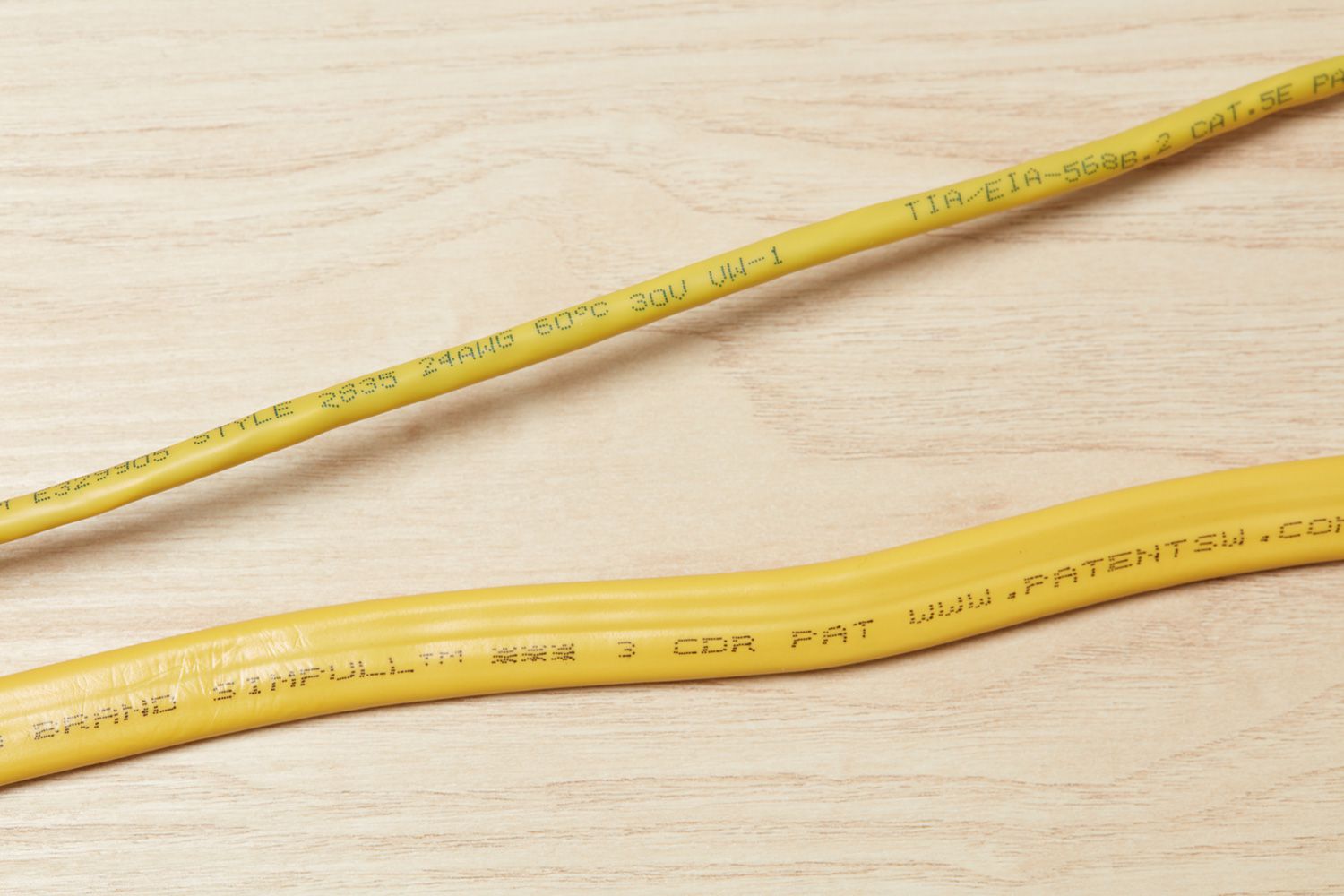

Articles
How To Read A Metric Electrical Cord Numbers
Modified: December 7, 2023
Looking for articles on how to read metric electrical cord numbers? Check out our comprehensive guide to understand the numbers and symbols on metric electrical cords.
(Many of the links in this article redirect to a specific reviewed product. Your purchase of these products through affiliate links helps to generate commission for Storables.com, at no extra cost. Learn more)
Introduction
Welcome to the world of metric electrical cord numbers! If you have ever wondered about the mystery behind those numbers printed on electrical cords, you have come to the right place. Understanding these numbers can help you choose the right cord for your specific needs, whether it’s for household appliances, power tools, or industrial applications.
In this article, we will delve into the intricacies of metric electrical cord numbers and break down their components. By the end, you will know how to decipher these numbers, determine cord characteristics, and understand their various uses.
So, let’s embark on this journey of unraveling the secrets behind metric electrical cord numbers!
Key Takeaways:
- Understanding metric electrical cord numbers is crucial for selecting the right cord. By deciphering the components, you can determine characteristics like current capacity, flexibility, and durability, ensuring safe and efficient power distribution.
- Different applications require specific cord characteristics. Whether for household appliances, power tools, industrial use, outdoor settings, or heavy-duty applications, choosing the appropriate metric electrical cord is essential for safety and reliability.
Read more: How To Read Electrical Wire Numbers
Understanding Metric Electrical Cord Numbers
Metric electrical cord numbers consist of a series of digits that provide vital information about the cord’s specifications. These numbers are standardized and follow a specific format, making it easier for consumers and professionals to identify and select the right cord for their needs.
These numbers generally include information about the cord’s gauge, conductor material, insulation type, and voltage rating. By understanding these components, you can make informed decisions when choosing an electrical cord that is safe, efficient, and suitable for your intended application.
It’s important to note that metric electrical cord numbers may vary between different regions or countries, so it’s always recommended to refer to local standards and regulations when purchasing cords.
Now, let’s dive deeper into the components that make up these metric electrical cord numbers.
Deciphering Cord Number Components
When looking at a metric electrical cord number, you will come across several components that convey important information. Understanding what each component represents will help you identify the cord’s characteristics and capabilities.
1. Gauge: The gauge refers to the thickness or diameter of the cord’s conductors. It is typically represented by a number, such as 16 or 12. The lower the gauge number, the thicker the conductors. Thicker conductors can handle higher current loads, making them suitable for heavy-duty applications.
2. Conductor Material: This component indicates the material used for the cord’s conductors, which carry the electrical current. Common conductor materials include copper and aluminum. Copper is known for its superior conductivity and is often used in high-quality cords.
3. Insulation Type: The insulation of an electrical cord protects the conductors from damage and prevents electrical shocks. It is crucial to choose a cord with insulation suitable for the intended application. Common insulation types include PVC (Polyvinyl Chloride) and rubber.
4. Voltage Rating: The voltage rating specifies the maximum voltage that the cord can safely handle. It is typically expressed in volts (V) or kilovolts (kV). Using a cord with a voltage rating lower than the application’s voltage can lead to electrical hazards and equipment damage.
By paying attention to these cord number components, you can ensure that the cord you choose is compatible with your specific electrical needs and provides reliable performance.
Now that we have deciphered the components, let’s move on to understanding how to determine cord characteristics based on these numbers.
When reading a metric electrical cord number, the first digit represents the number of conductors, the second digit represents the cross-sectional area of the conductors in square millimeters, and the letter indicates the insulation type.
Determining Cord Characteristics
Once you have deciphered the components of a metric electrical cord number, you can determine various characteristics of the cord. These characteristics play a crucial role in choosing the right cord for your specific application.
1. Current Capacity: The gauge of the cord determines its current-carrying capacity. Thicker conductors can handle higher current loads without overheating. Consult a current capacity chart or table to determine the maximum current that a particular gauge can handle.
2. Flexibility: The flexibility of a cord is influenced by factors such as conductor material and insulation type. Cords with stranded conductors and flexible insulation offer improved flexibility, making them suitable for applications that require frequent bending or movement.
3. Temperature Resistance: Different insulation materials have varying temperature ratings. It is important to consider the temperature conditions in your application and choose a cord that can withstand those temperatures without degrading or melting.
4. Durability: The overall durability of a cord depends on factors such as insulation material, conductor protection, and construction quality. Consider the environment and conditions in which the cord will be used and choose a cord that can withstand the required level of durability.
5. Cord Length: While not directly indicated in the metric electrical cord number, the cord length is an important consideration. Determine the required length based on the distance between the power source and the equipment, ensuring that it offers adequate reach without excessive slack.
By considering these characteristics, you can select a metric electrical cord that meets your specific requirements and ensures optimal performance and safety.
Now, let’s move on to interpreting the various uses of metric electrical cords.
Interpreting Cord Uses
Metric electrical cords are designed to cater to a wide range of applications. Understanding the different uses associated with these cords will help you select the right one for your specific needs.
1. General Household Appliances: Metric electrical cords with a standard gauge and insulation are commonly used for powering everyday household appliances such as lamps, computers, televisions, and kitchen appliances. These cords are typically flexible and have a voltage rating suitable for residential use.
2. Power Tools: Power tools often require cords with thicker conductors and higher current-carrying capacities to handle the demanding power requirements. Look for metric electrical cords specifically designed for power tools to ensure safe and efficient operation.
3. Industrial Applications: Industrial environments require rugged and durable cords capable of withstanding harsh conditions. These cords often feature heavy-duty construction, thicker conductors, and specialized insulation to meet the demands of industrial machinery and equipment.
4. Outdoor Use: When using electrical equipment outdoors, it is crucial to select cords that are weather-resistant. Look for cords with suitable insulation and coatings that provide protection against moisture, UV rays, and extreme temperatures.
5. Heavy-Duty Applications: Certain applications, such as construction sites or industrial settings, may require cords with exceptional durability and high current-carrying capacities. These cords are designed to handle heavy loads, resist abrasion, and withstand rough handling.
Remember to consider the specific requirements and environmental conditions of your intended application when selecting a metric electrical cord. This will ensure that the cord is up to the task and can provide safe and reliable power distribution.
Now that we have covered the uses of metric electrical cords, let’s summarize our findings.
Read more: How To Read An Electrical Blueprint
Conclusion
Understanding metric electrical cord numbers is essential for selecting the right cord for your specific needs. By deciphering the components and understanding their meanings, you can determine the cord’s characteristics, such as current capacity, flexibility, temperature resistance, and durability.
When interpreting cord uses, consider the specific application, whether it is for general household appliances, power tools, industrial settings, outdoor use, or heavy-duty applications. Each use may require different characteristics, such as voltage rating, insulation type, and construction quality.
By choosing the appropriate metric electrical cord, you can ensure efficient and safe power distribution, preventing electrical hazards and equipment damage. It is crucial to consult local standards and regulations to ensure compliance and safety.
Remember to consider factors like cord length, conductor material, insulation type, and overall quality when making your selection. Additionally, if you have any doubts or need assistance, don’t hesitate to seek advice from professionals or knowledgeable sources.
With your newfound knowledge about metric electrical cord numbers, you can confidently navigate the world of electrical cords and make informed decisions that align with your specific requirements.
Now, armed with this information, go forth and choose the perfect metric electrical cord for your needs!
Frequently Asked Questions about How To Read A Metric Electrical Cord Numbers
Was this page helpful?
At Storables.com, we guarantee accurate and reliable information. Our content, validated by Expert Board Contributors, is crafted following stringent Editorial Policies. We're committed to providing you with well-researched, expert-backed insights for all your informational needs.
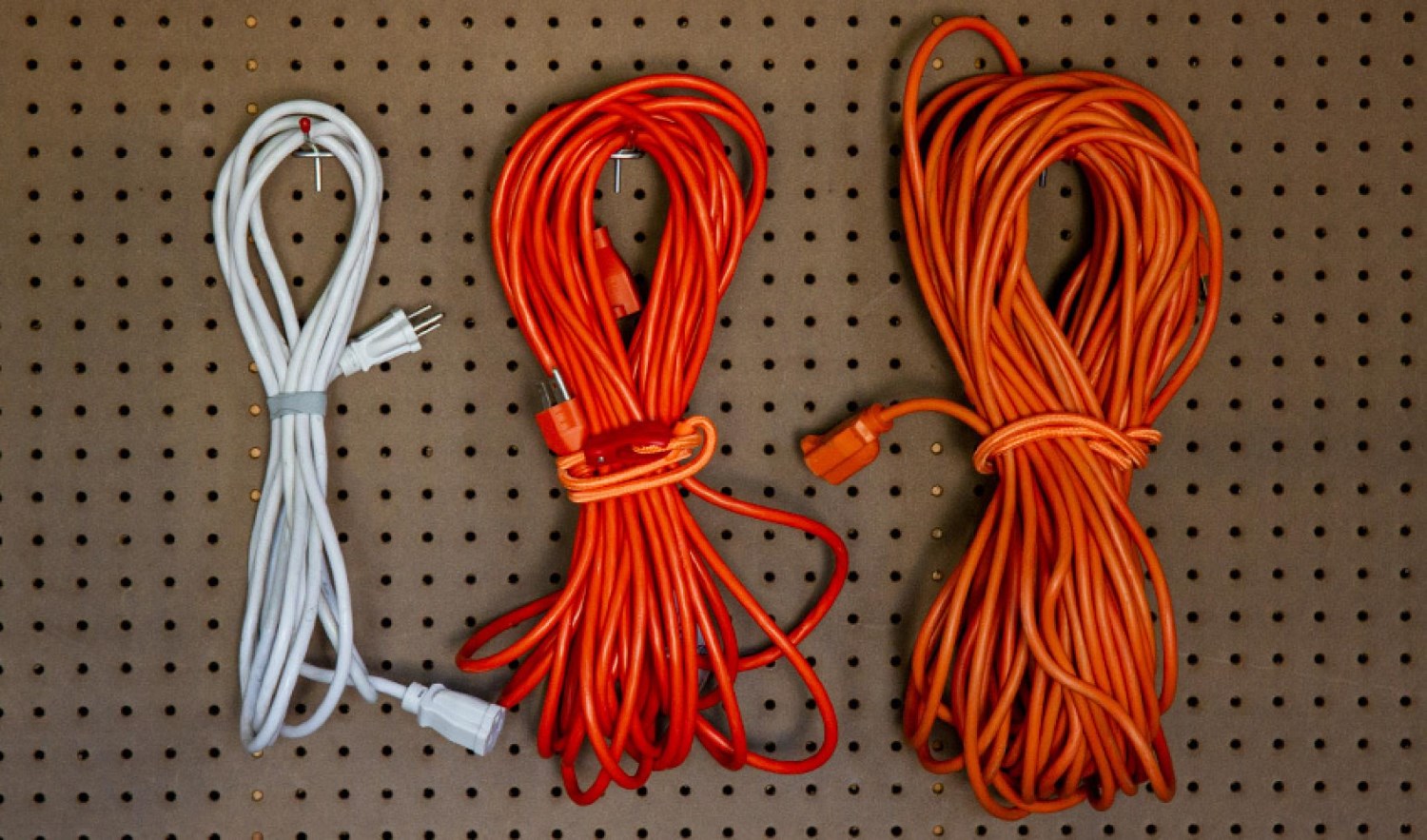
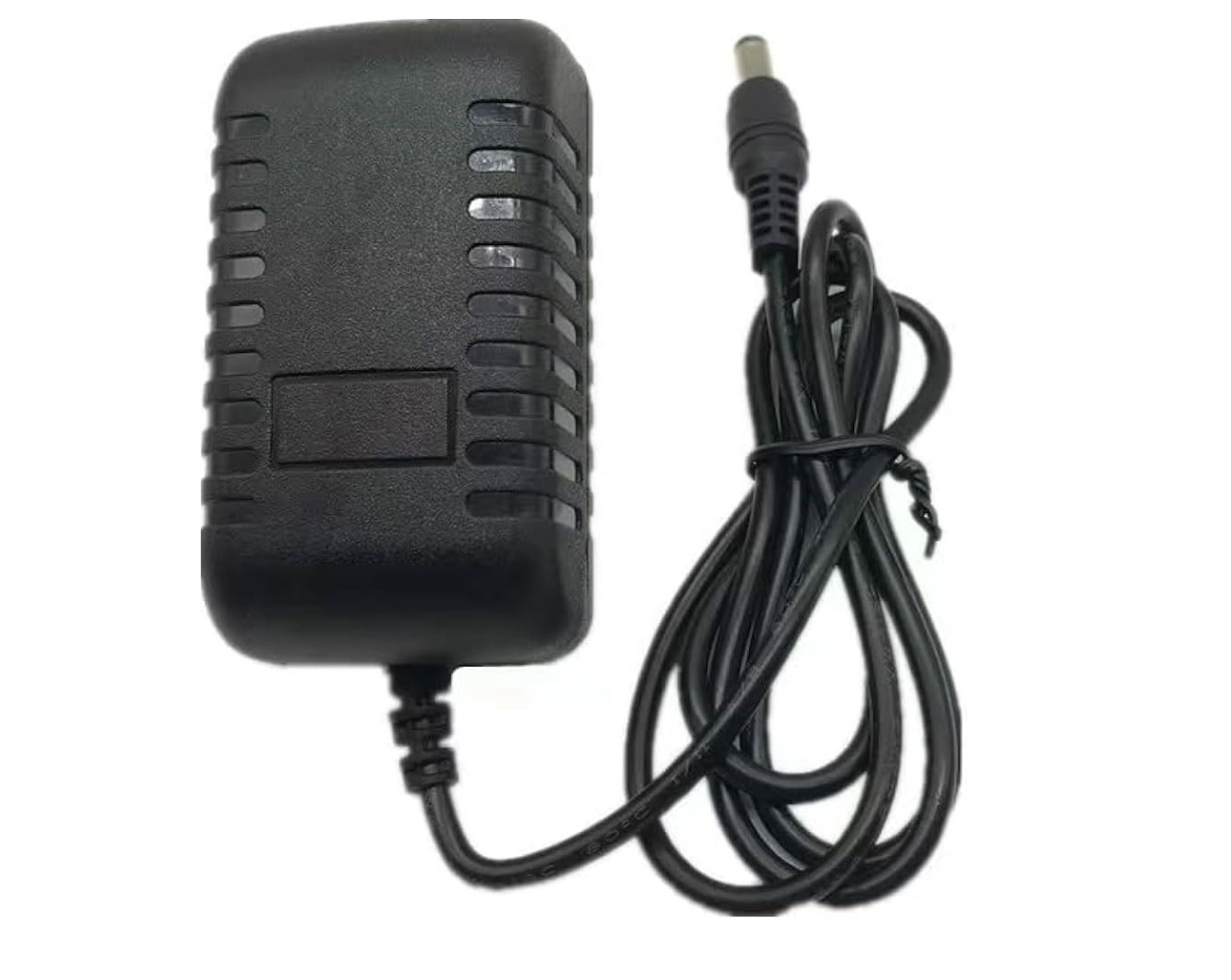
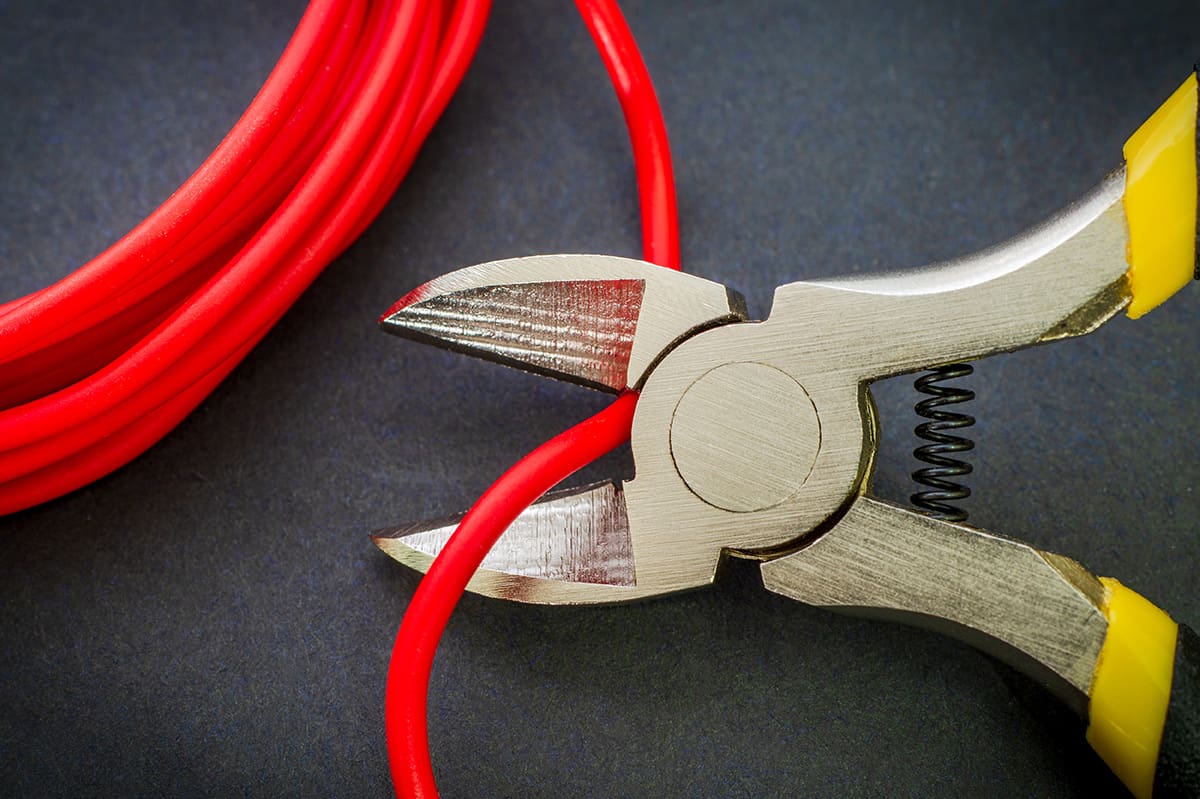
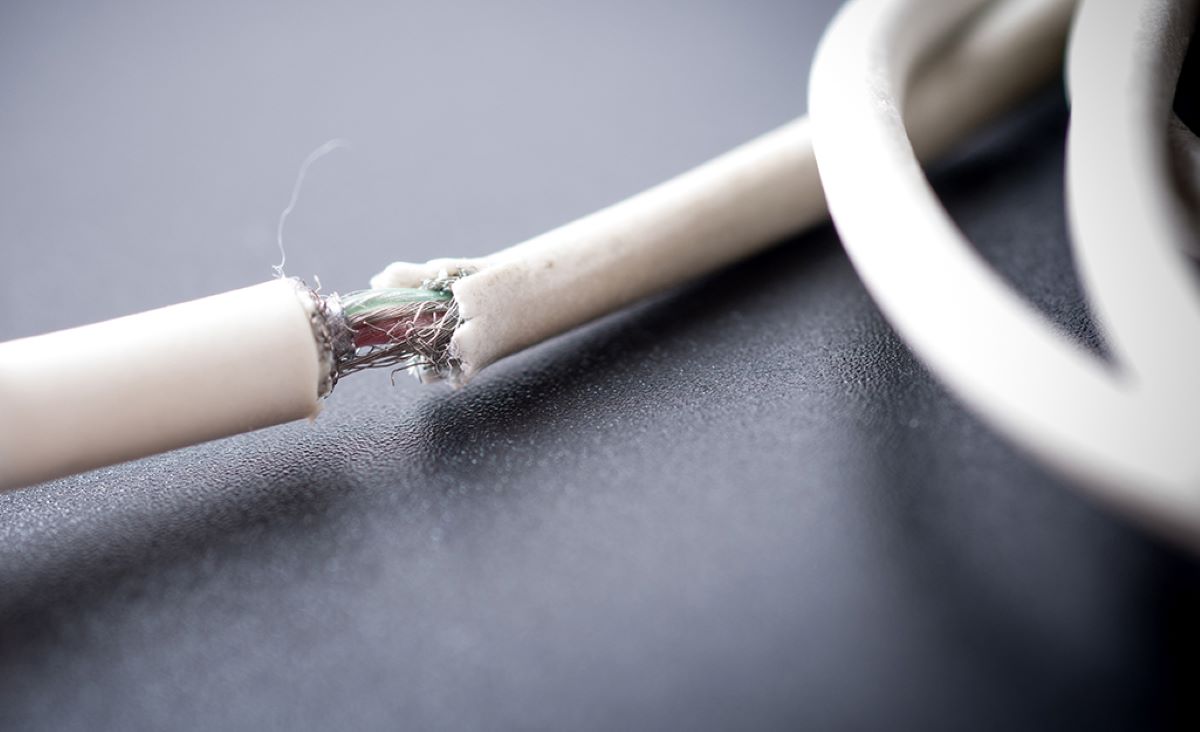
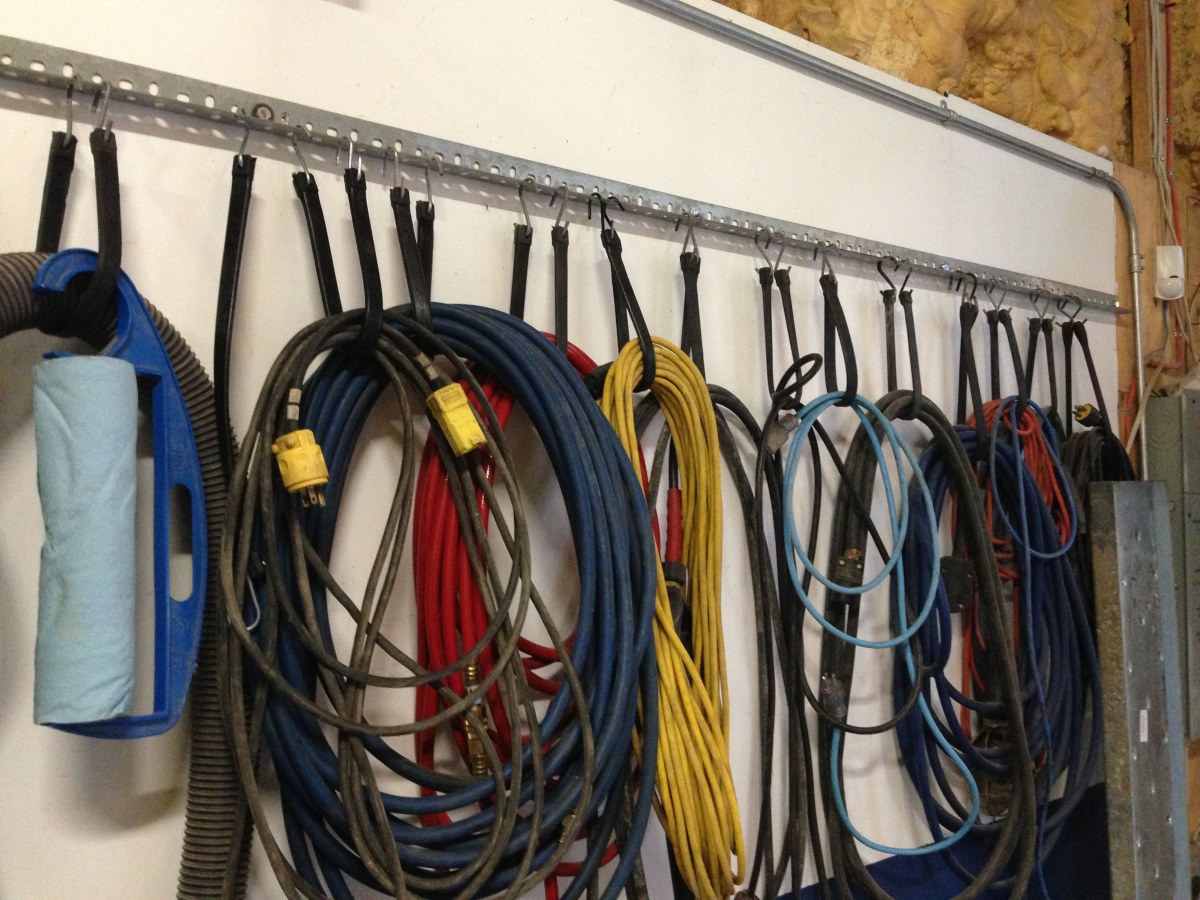
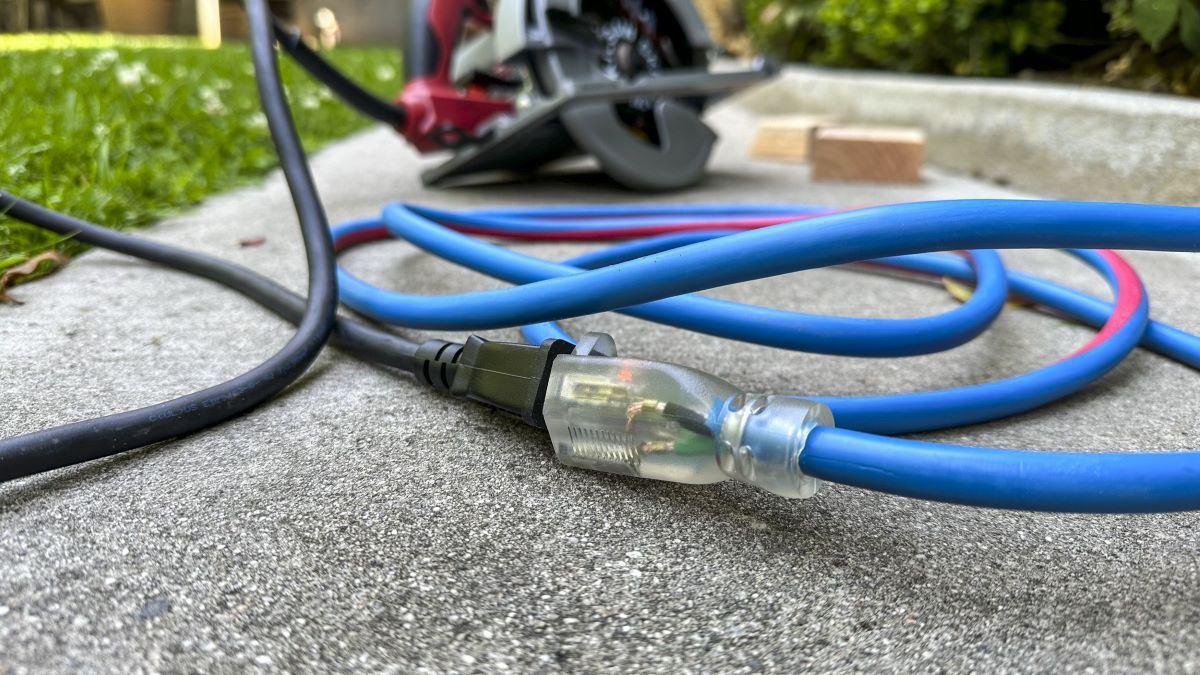
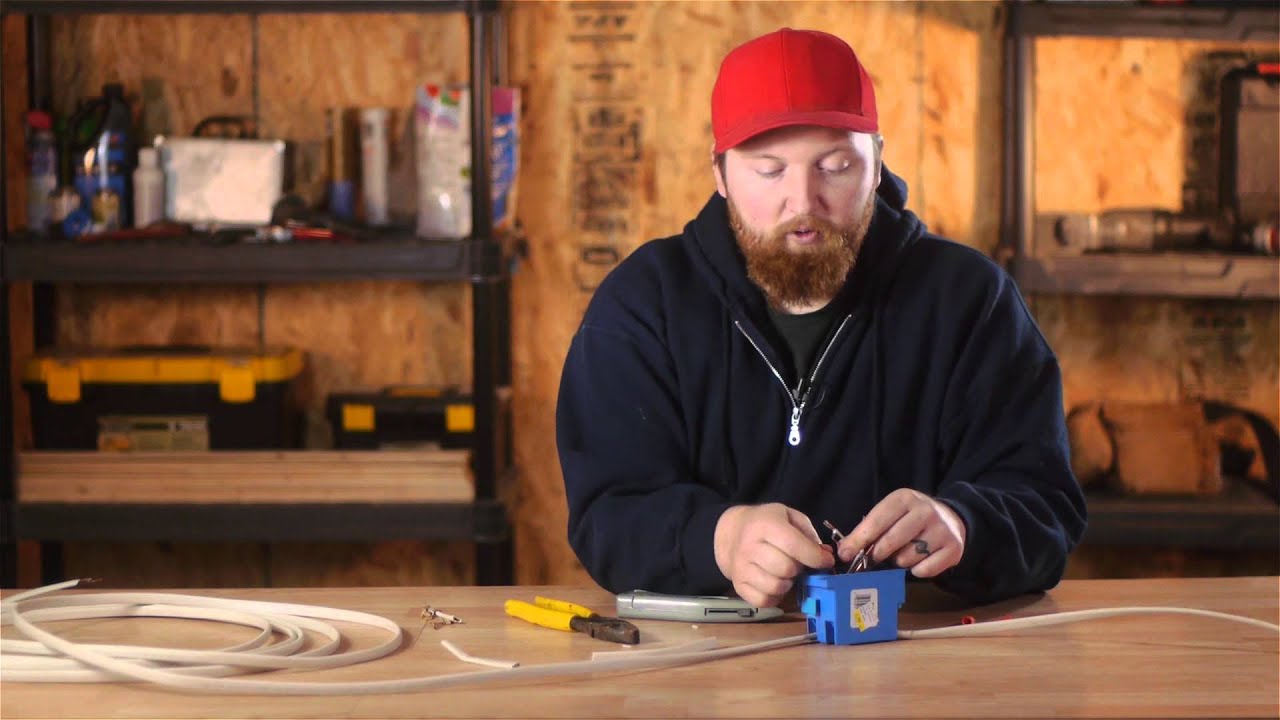
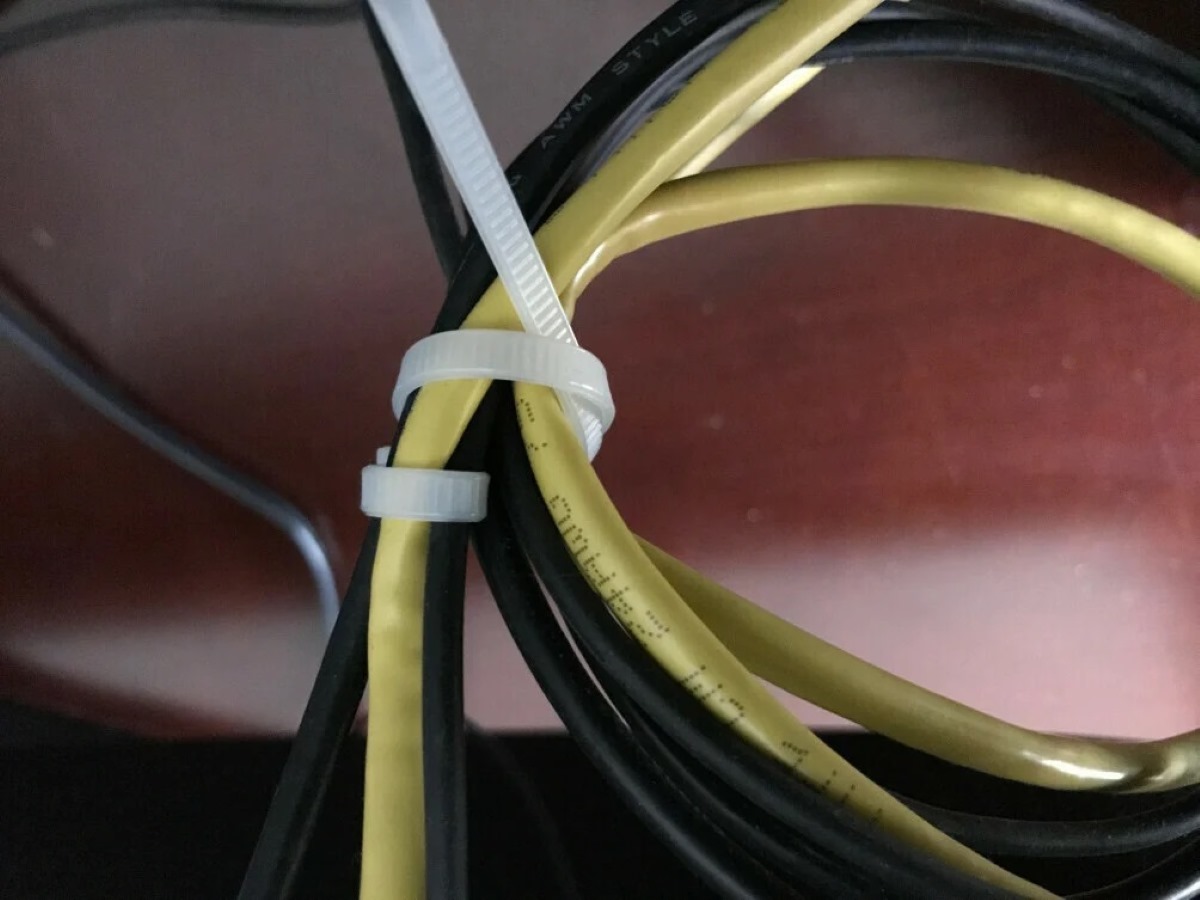
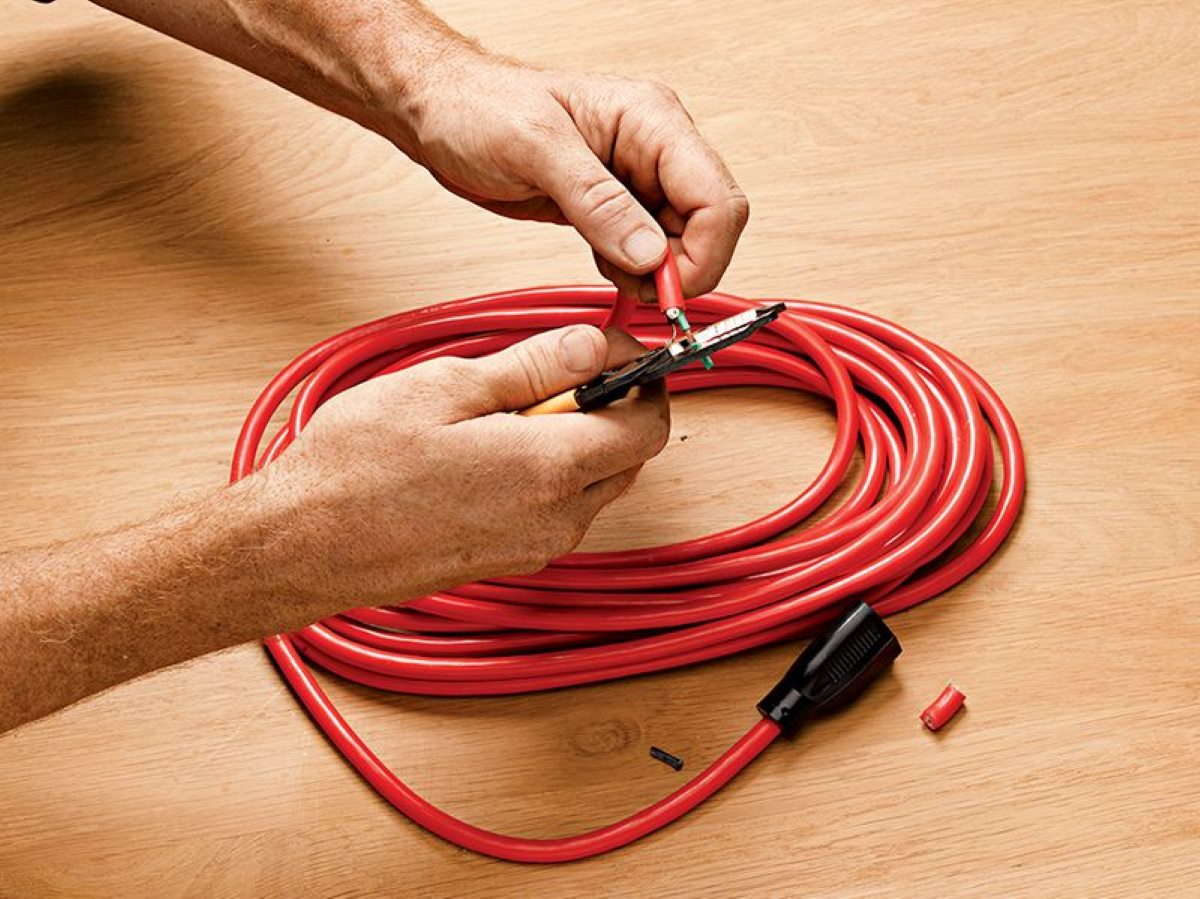
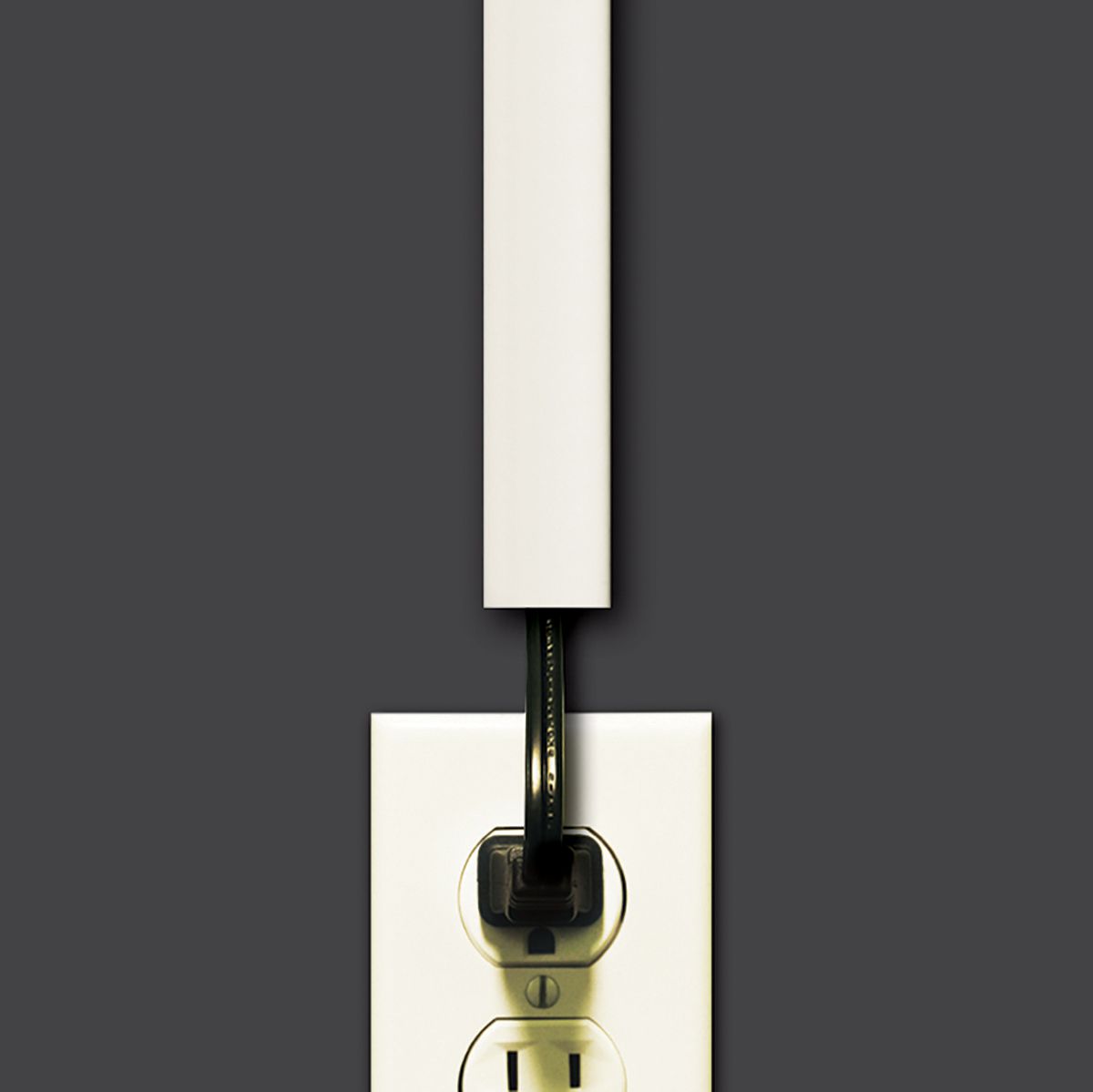
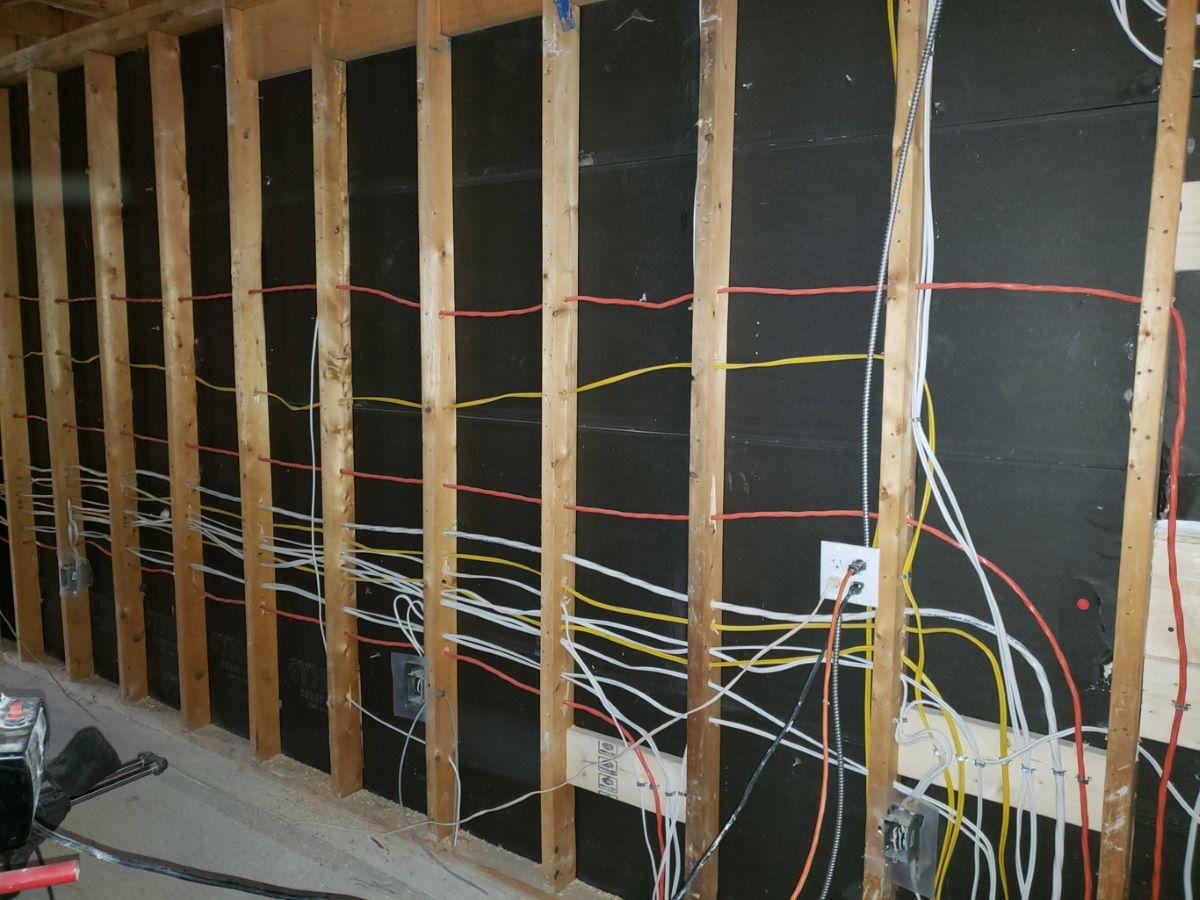
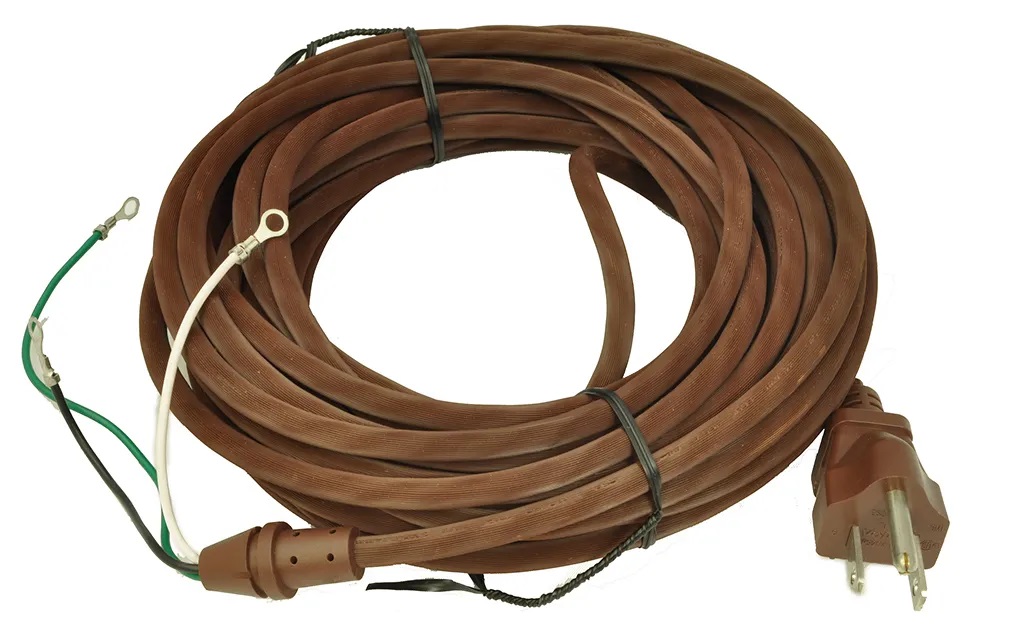
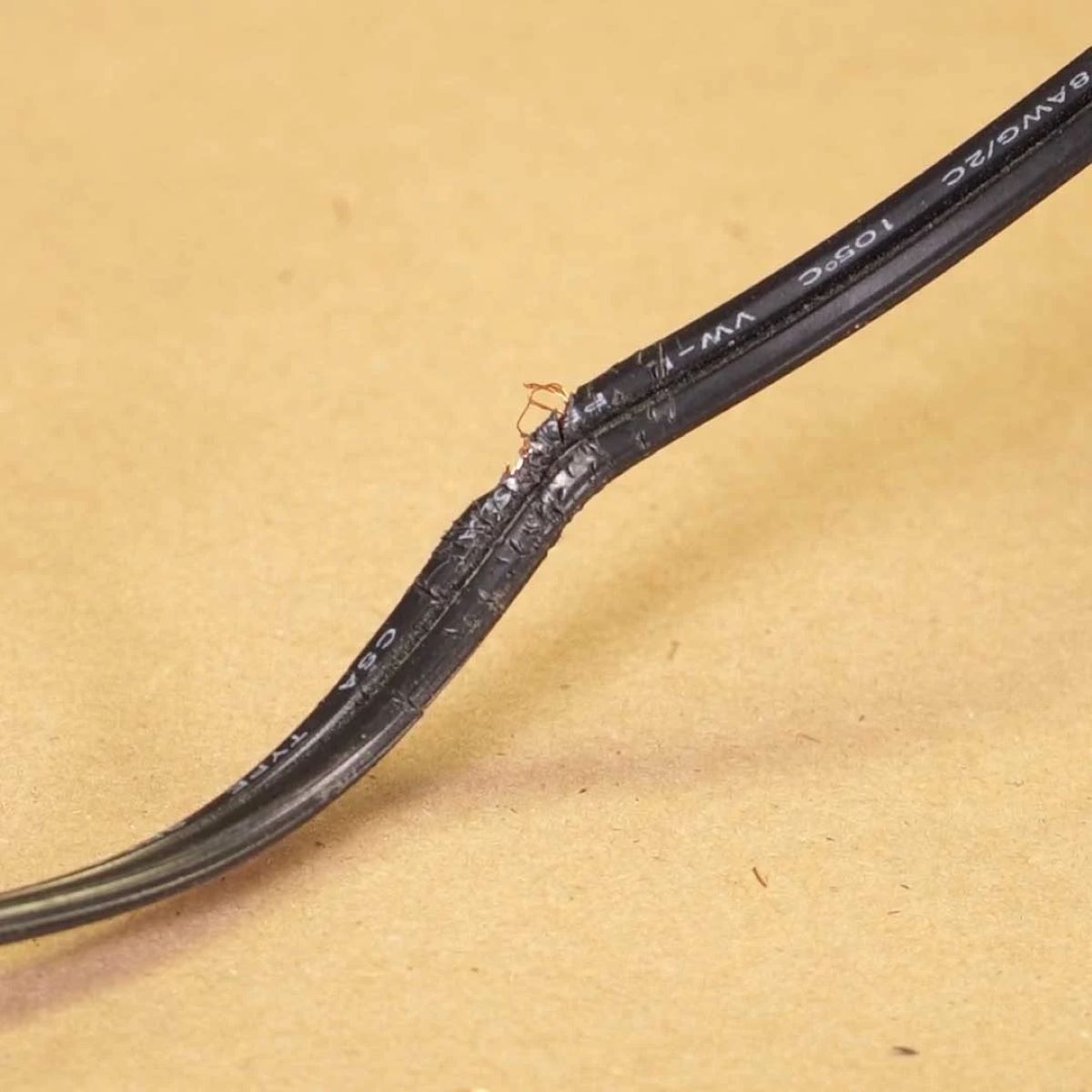
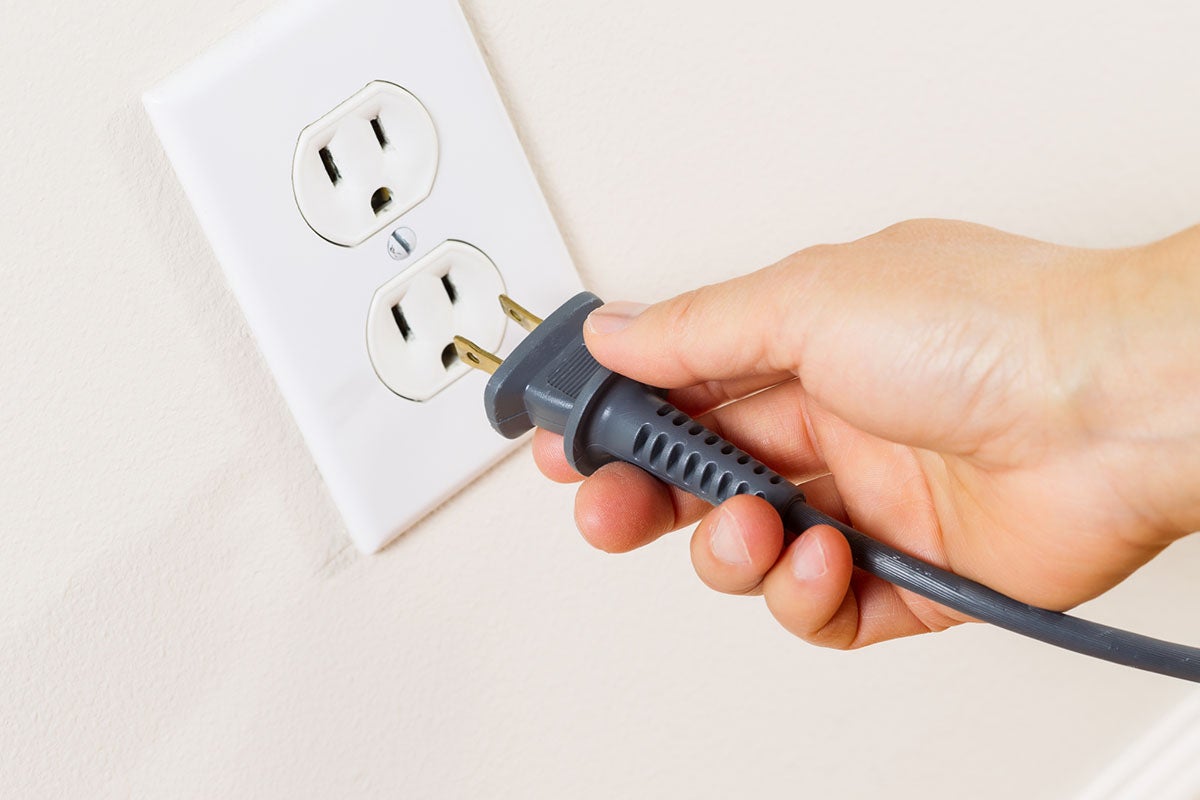

0 thoughts on “How To Read A Metric Electrical Cord Numbers”